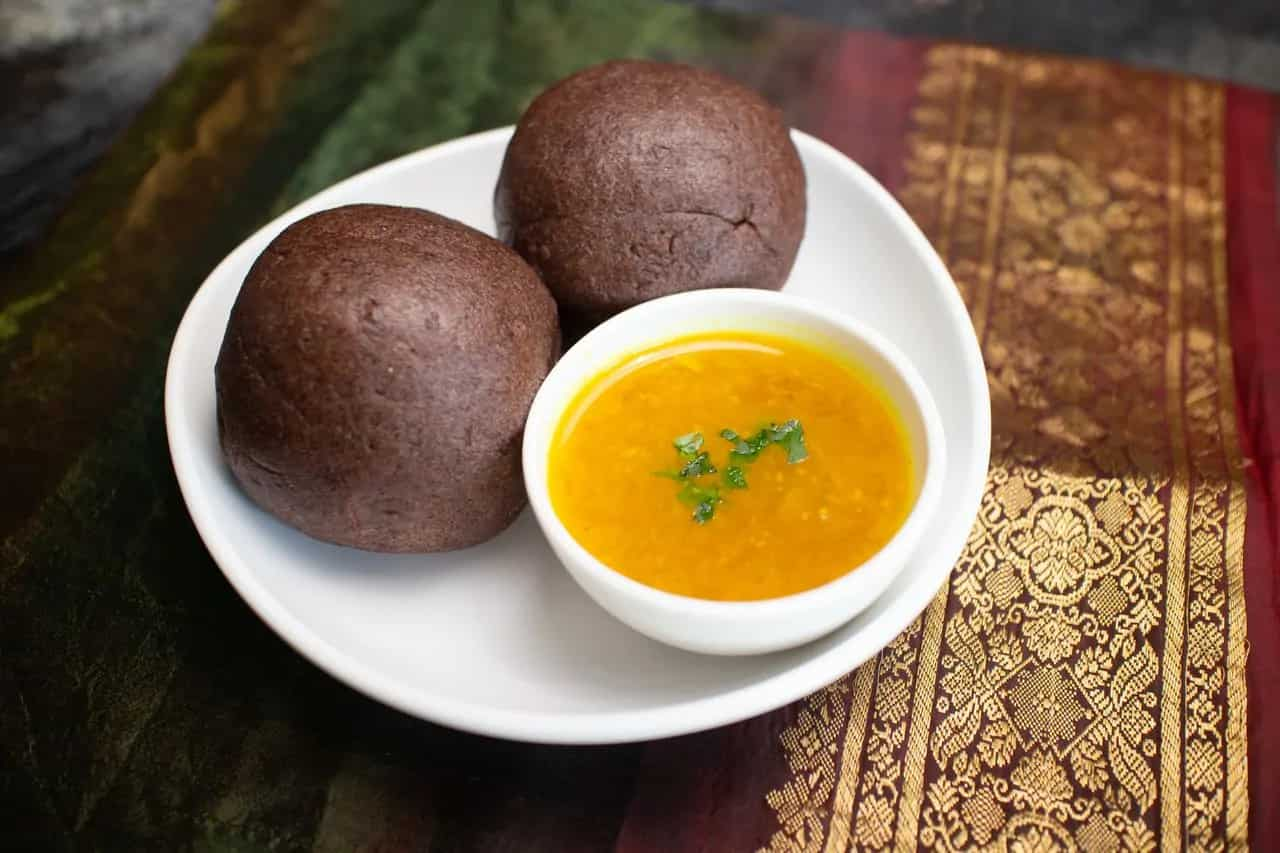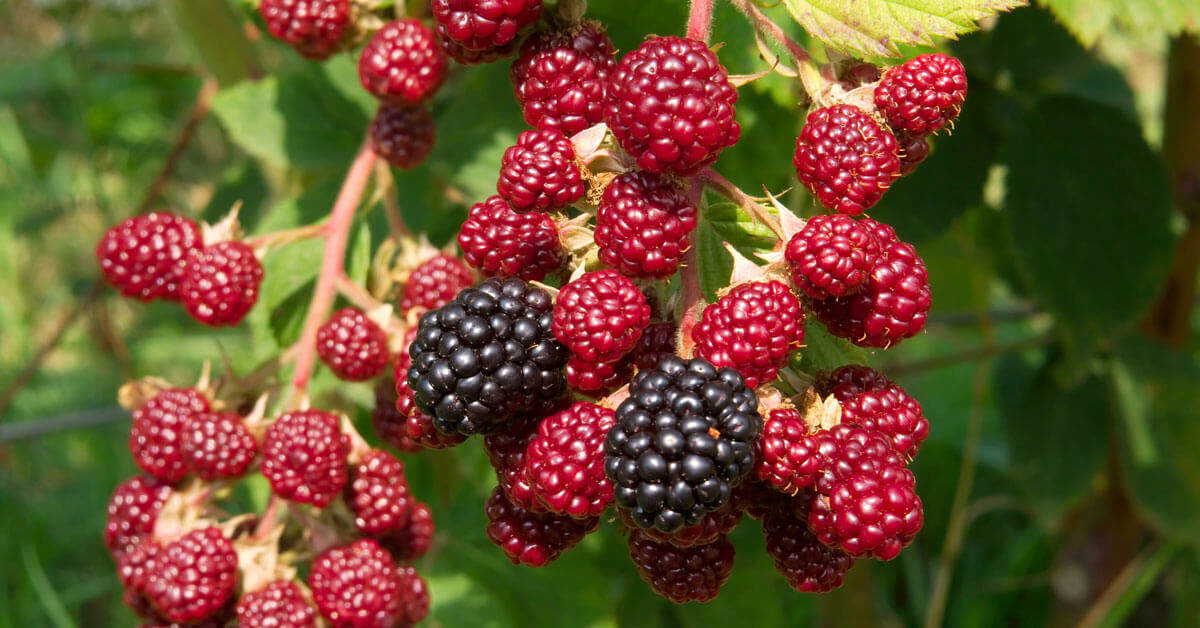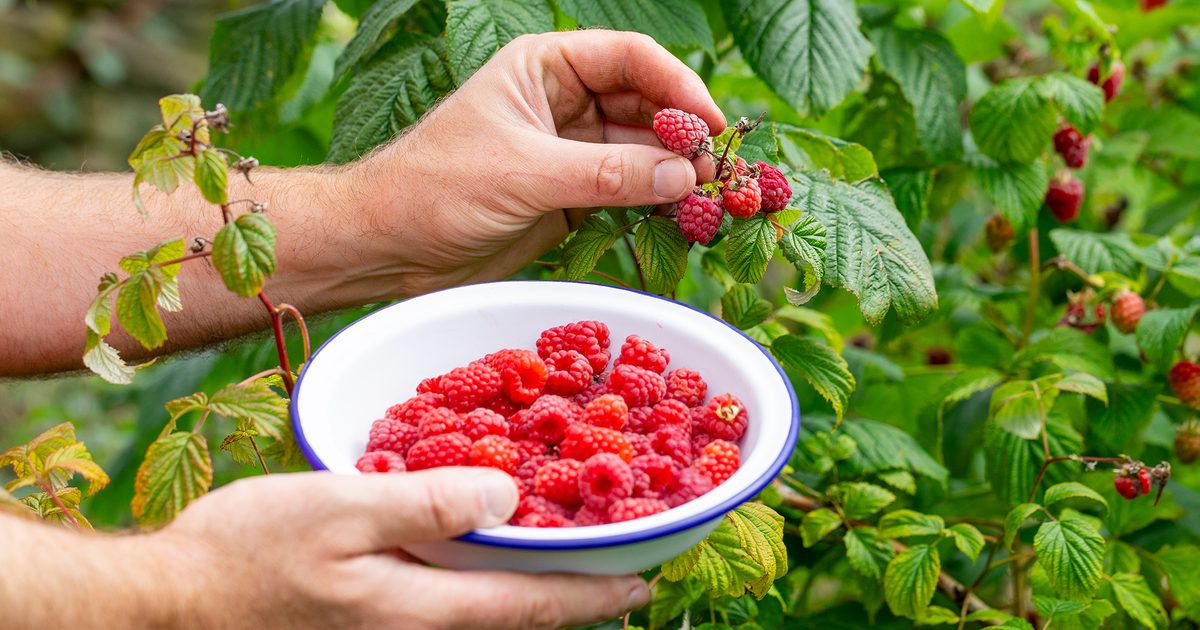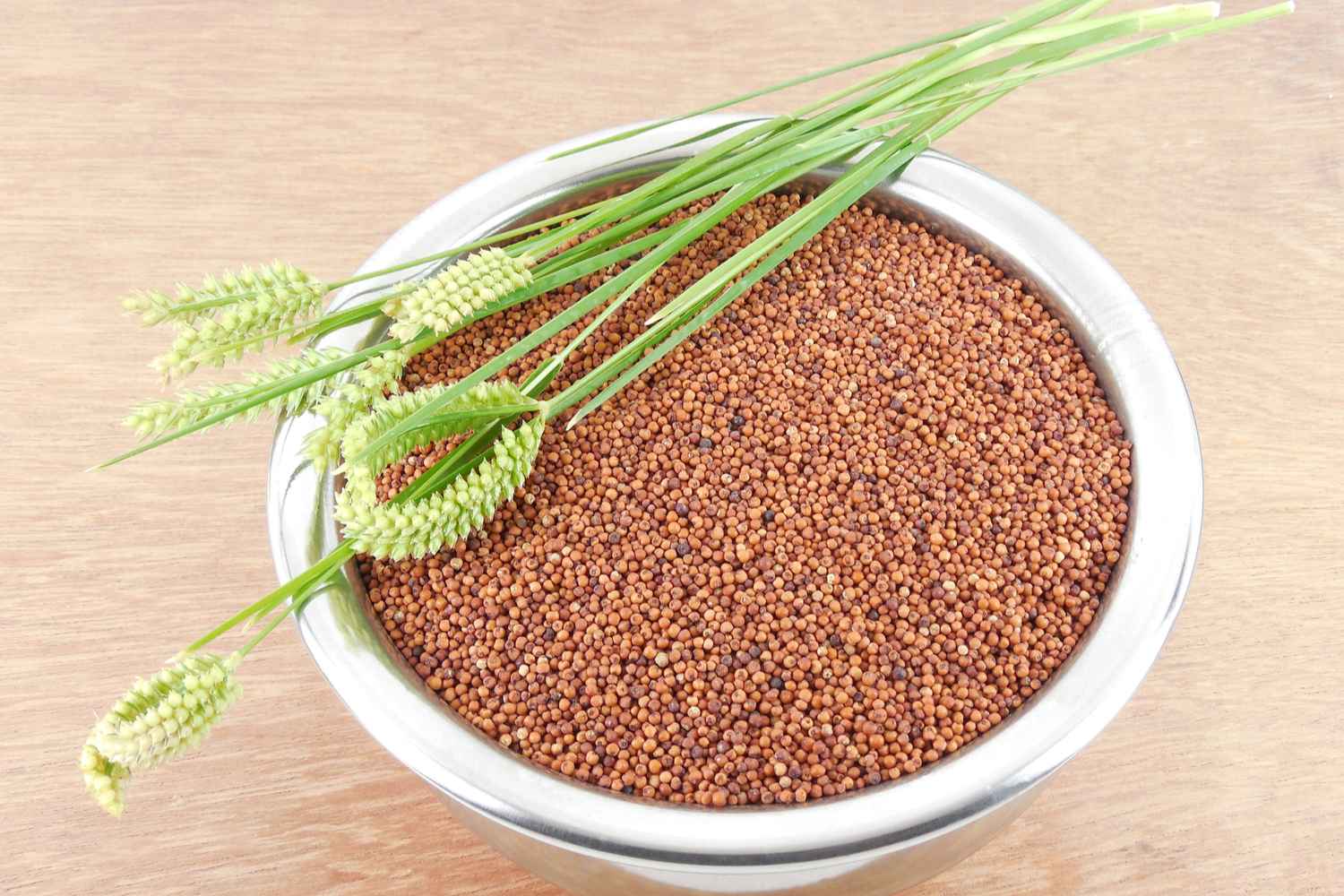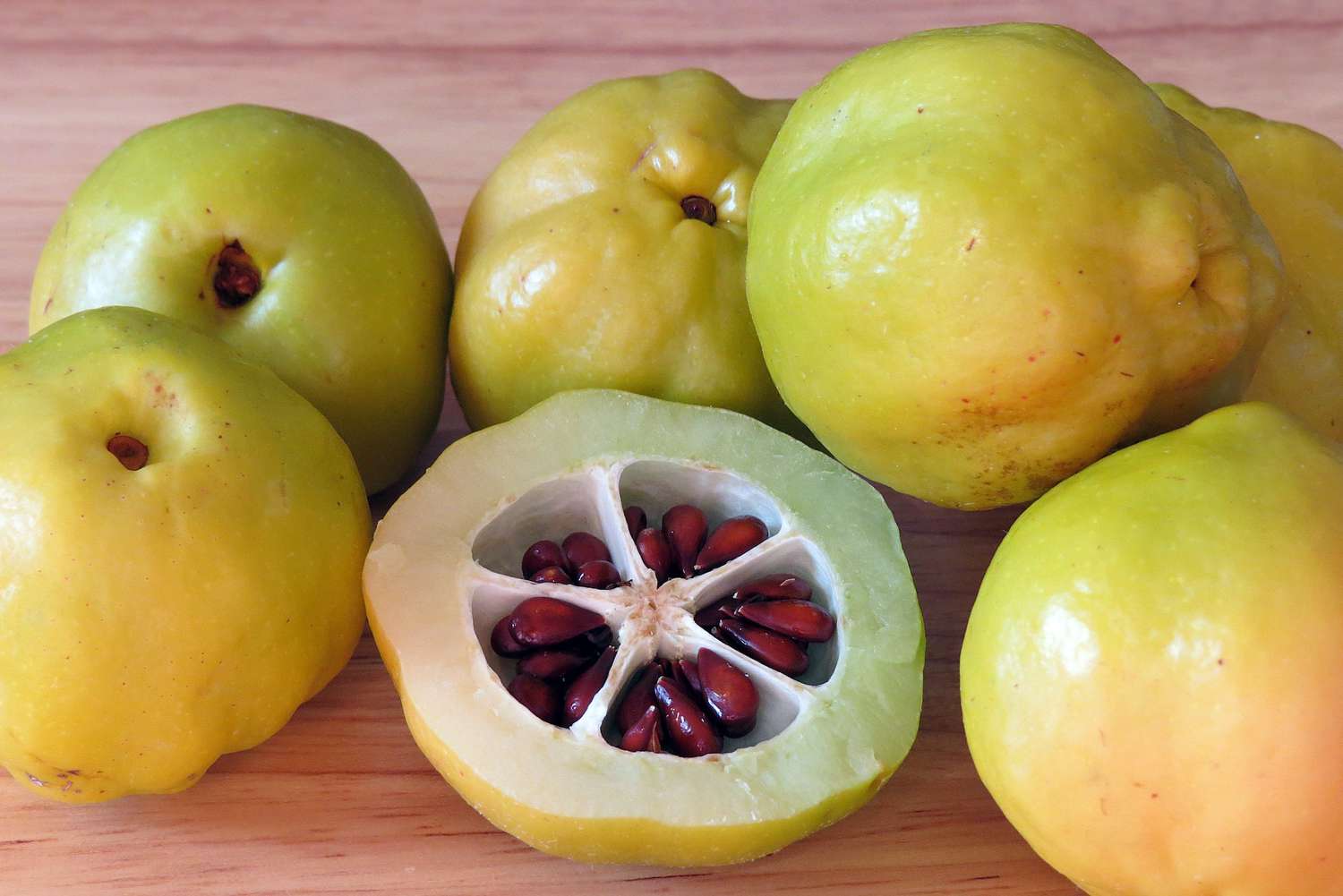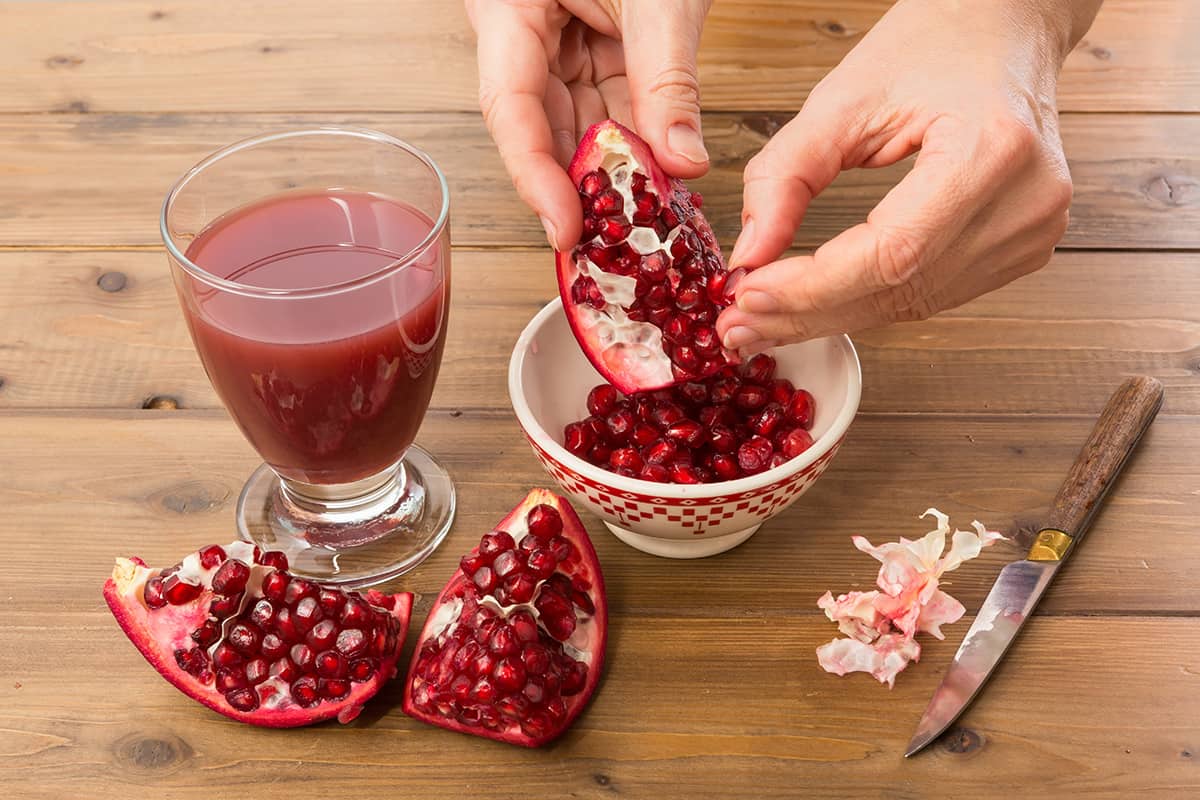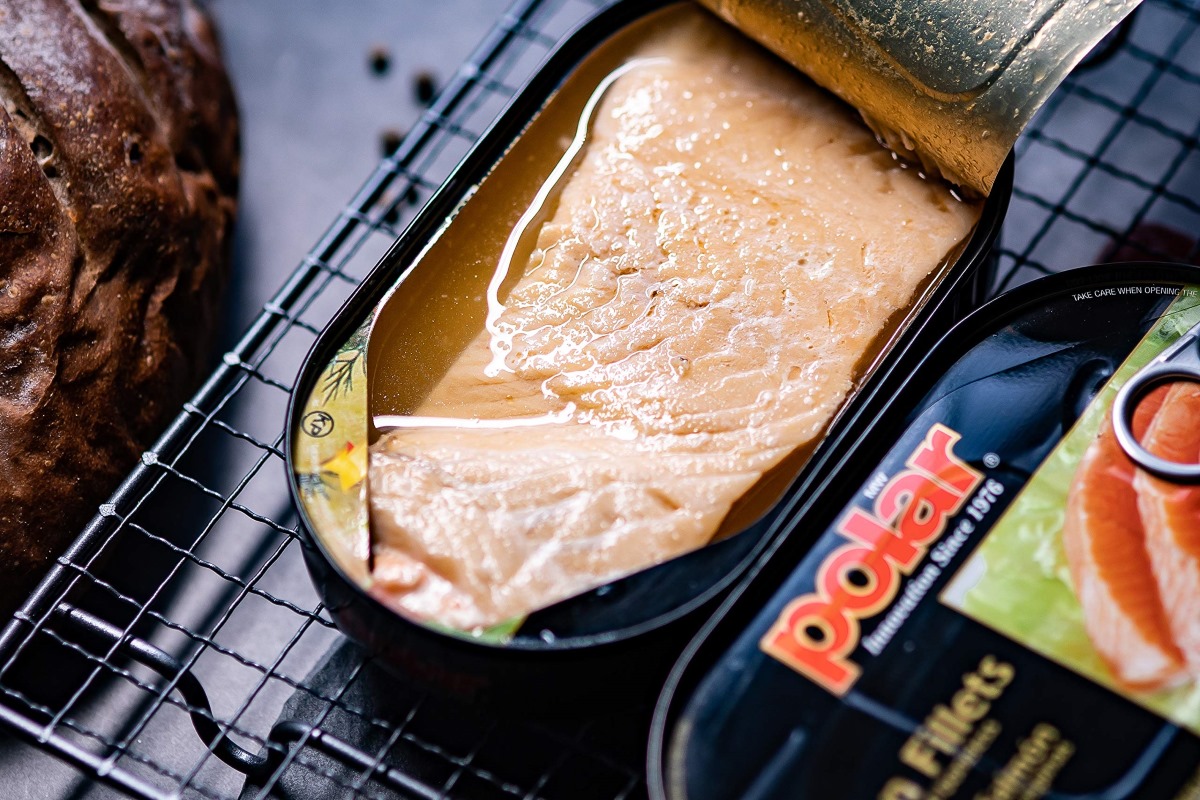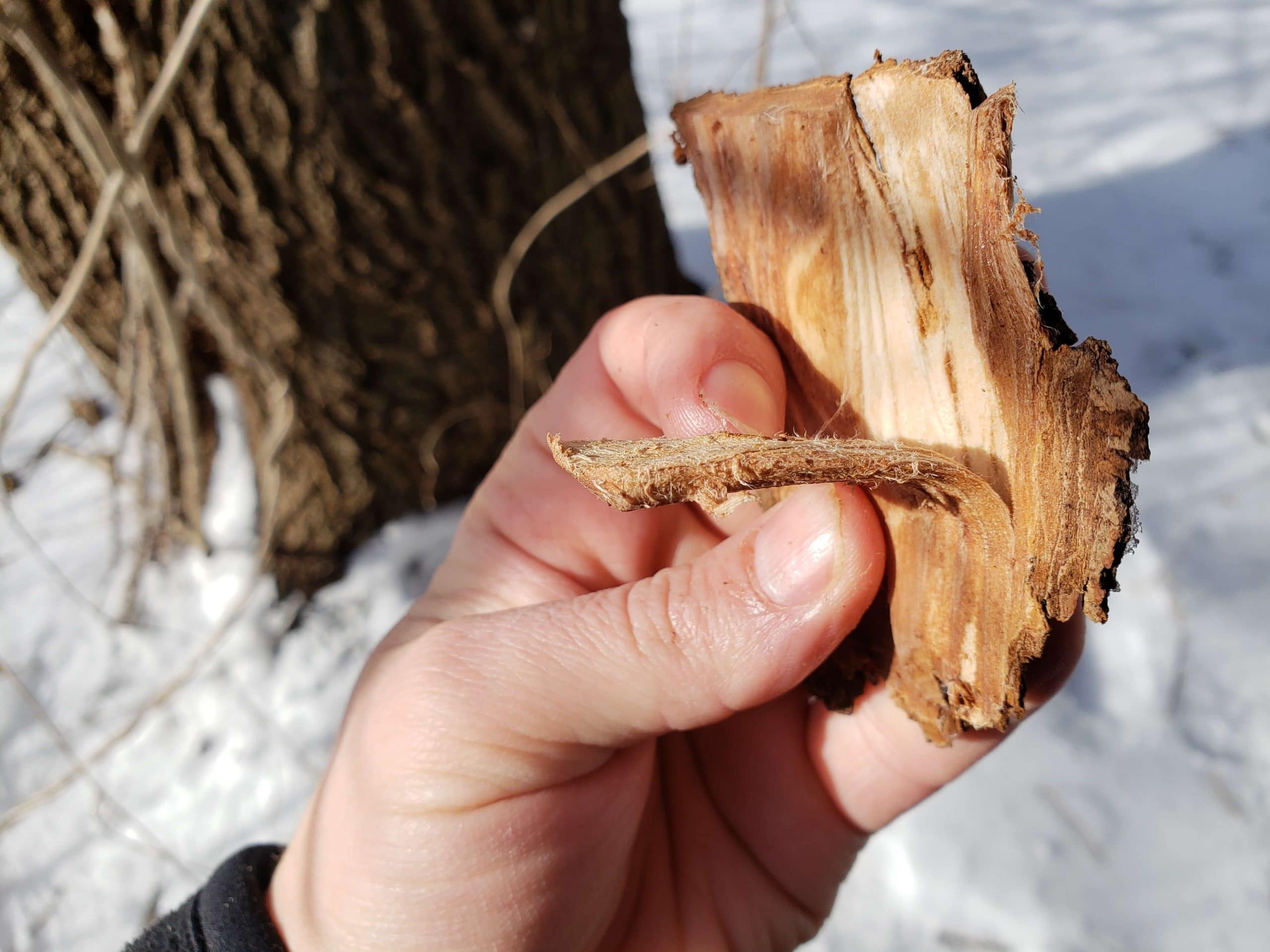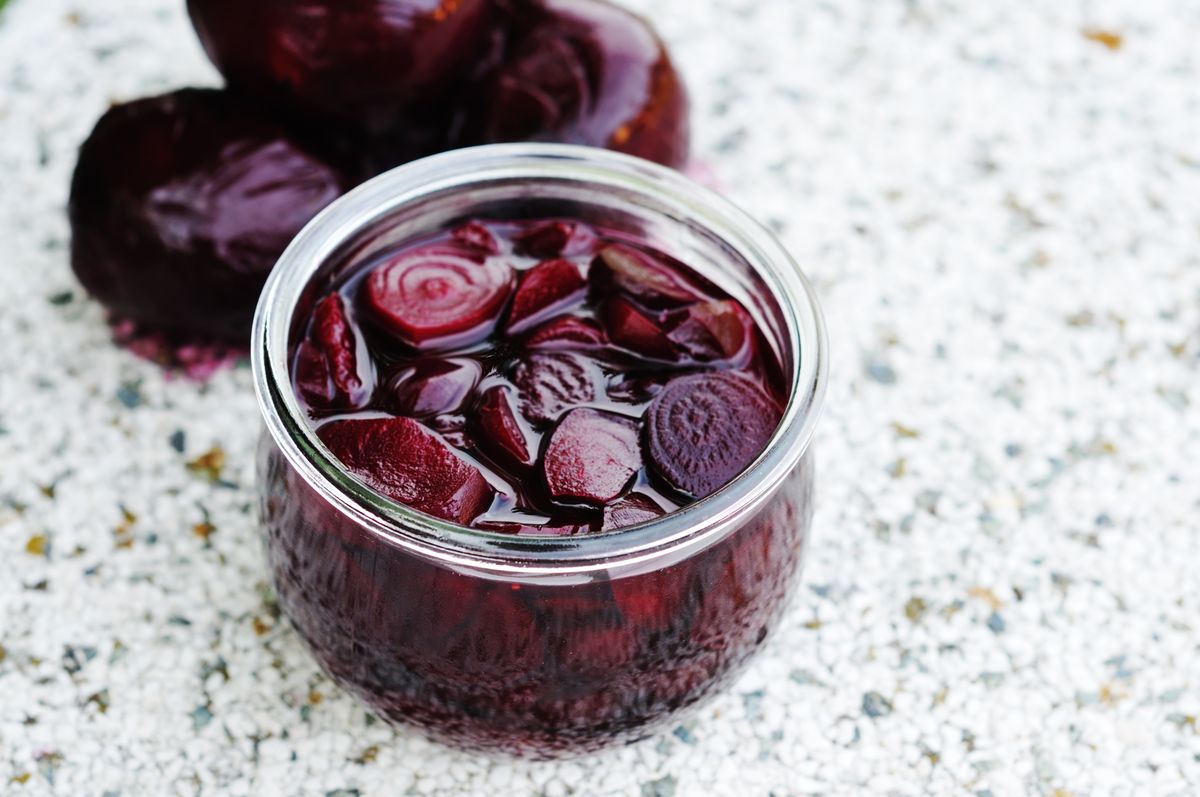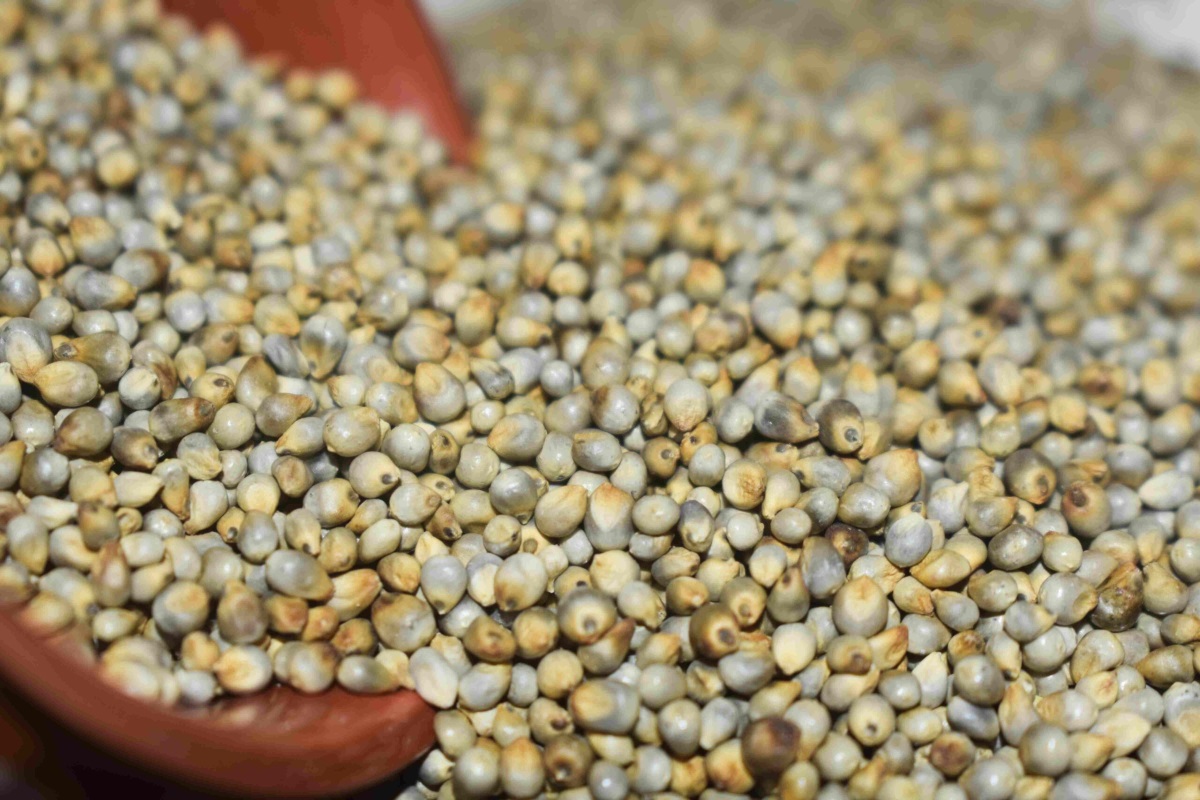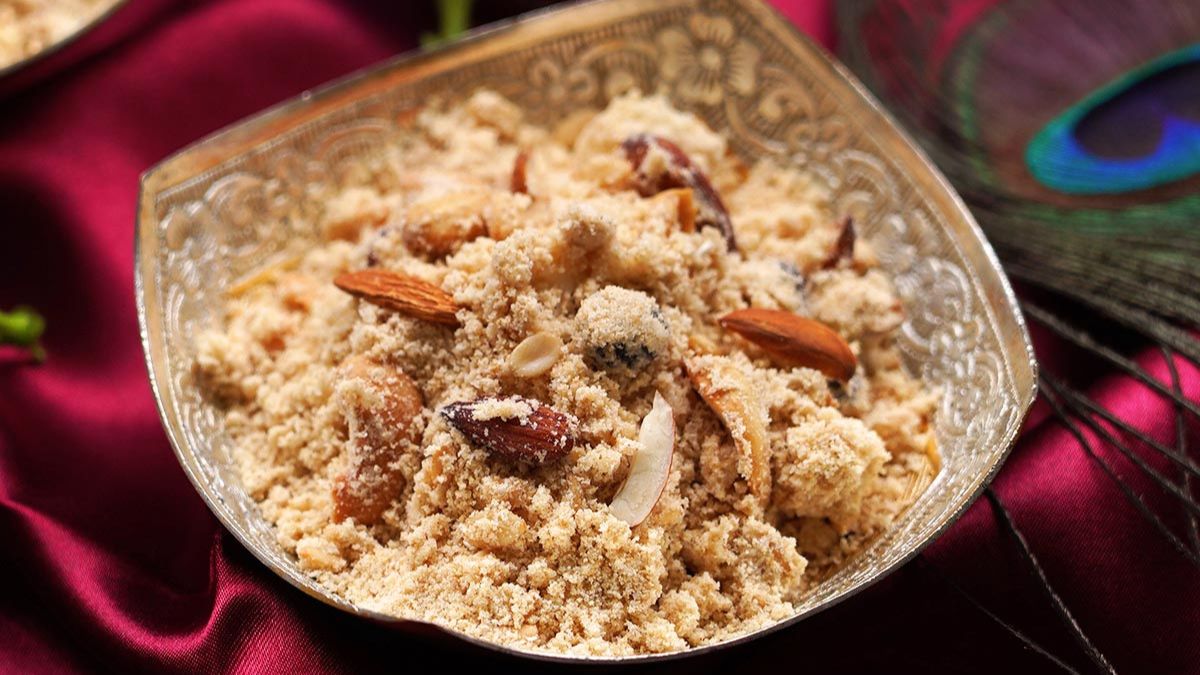Discover the Nutritional Power of Ragi Seeds
Are you looking for a nutritious and versatile addition to your diet? Look no further than ragi seeds! Also known as finger millet, ragi seeds are a powerhouse of nutrients and can be incorporated into your meals in various ways. In this article, we will explore the many benefits of ragi seeds and provide you with some creative ideas on how to enjoy them.
Benefits of Ragi Seeds
Ragi seeds are packed with essential nutrients that can contribute to your overall health and well-being. Here are some of the key benefits of incorporating ragi seeds into your diet:
- Rich in Nutrients: Ragi seeds are a good source of protein, fiber, calcium, and iron, making them an excellent addition to a balanced diet.
- Gluten-Free: For individuals with gluten sensitivities or celiac disease, ragi seeds are a safe and nutritious alternative to wheat-based grains.
- Low Glycemic Index: Ragi seeds have a low glycemic index, which means they can help regulate blood sugar levels and provide sustained energy.
- Antioxidant Properties: The antioxidants present in ragi seeds can help protect your cells from damage caused by free radicals.
Ways to Enjoy Ragi Seeds
Now that you know about the nutritional benefits of ragi seeds, let’s explore some delicious ways to incorporate them into your diet:
- Ragi Porridge: Start your day with a warm and comforting bowl of ragi porridge. Simply cook ragi seeds with milk or water and add your favorite sweeteners and toppings for a nutritious breakfast option.
- Ragi Flour: Use ragi flour to make rotis, dosas, or pancakes. Ragi flour can be easily incorporated into your favorite recipes to add a nutritional boost.
- Ragi Smoothie: Blend ragi seeds into a smoothie with fruits, yogurt, and a splash of milk for a refreshing and nutrient-dense beverage.
- Ragi Snacks: Roast ragi seeds with a sprinkle of salt and spices for a crunchy and satisfying snack that you can enjoy on the go.
- Ragi Kheer: Indulge in a creamy and decadent ragi kheer by simmering cooked ragi seeds in sweetened milk and garnishing with nuts and dried fruits.
Conclusion
Ragi seeds are a versatile and nutritious ingredient that can elevate the nutritional value of your meals. Whether you prefer them in a comforting porridge, a savory snack, or a refreshing smoothie, there are countless ways to enjoy the benefits of ragi seeds. Incorporating ragi seeds into your diet can help you meet your nutritional needs while adding a delicious twist to your meals. So, why not give ragi seeds a try and experience their amazing health benefits for yourself?
More Delicious Ways to Enjoy Ragi Seeds
After learning the fundamentals of using ragi seeds, it's time to put your skills to the test with a variety of delicious recipes. For those starting their ragi journey, the Learn to Make Ragi Porridge offers a simple yet satisfying introduction. It's perfect for breakfast and provides a wholesome start to the day. If you're looking to explore more traditional uses of ragi, the Explore Ragi Roti Cooking and Discover Ragi Dosa Preparation are excellent choices that bring a touch of authentic Indian cuisine to your table. For the adventurous cooks, why not try the Try Ragi Veggie Burger Patties? These patties are a creative and healthy twist on a classic favorite, ideal for those seeking a nutritious meal option. Each recipe is designed to enhance your cooking repertoire while showcasing the versatility of ragi seeds.
